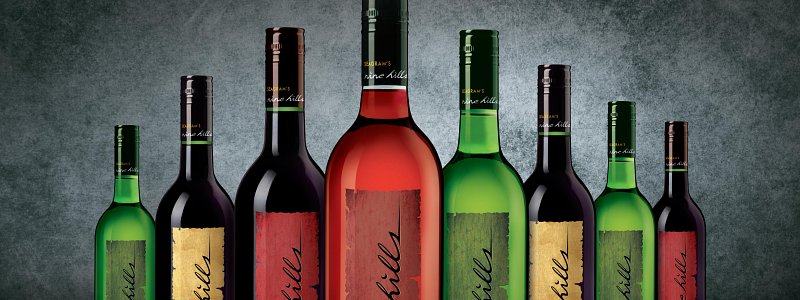Indian wine, why not?
Something strange is happening to the beautiful area around the pilgrimage town the town of Nasik that lies in the heart of Maharashtra about 120 miles north-east of Mumbai.
One of the holiest spots in India, Nasik is famous as the site of the Ardh Kumbh Mela, a religious gathering of several million that it hosts every 12 years. The ancient Shiva temple of Tryambakeshwara is here, set on the banks of the holy Godavari river against the dramatic backdrop of the Western Ghats, hills eroded over the centuries into fantastic shapes. But what is exciting many people at the moment about this hallowed area is that it is fast becoming the Napa Valley of India.
Not that long ago, the phrase ‘Indian wine’ was almost a contradiction in terms; decent home-grown wine was just not on the menu. Today, in tandem with the country's huge changes in lifestyle, the wine culture is expanding rapidly in India, and no one is happier than her foreign visitors. The new frontier of wine production is to be found in the boutique vineyards around Nasik. A major centre for growing grapes to eat for a century, the area only saw its first vineyards in the late 1990s. Today, a mere 15 years later, there are more than 45 vineyards in the region.
Perhaps the most successful Nasik wines are those from the Sula vineyards. The main winery is an extremely well run outfit, with two stylish yet informal restaurants, an information centre with a shop, hourly guided tours, an amphitheatre, a laid-back café that includes tasting tables and a gallery showing the story of wine in the area. The model is clearly Napa Valley, and this is hardly surprising as the place is the creation of Rajeev Samant, an Indian economist who worked in California’s Silicon Valley before returning to India in the mid-nineties and setting to work to transform his ancestral 30-acre estate into a Californian-inspired destination winery. Over a dozen years the business has grown hugely and today Sula manages 1,500 acres and produces a range of very pleasing wines, from Chardonnay to Rosé and Shiraz. No wonder the moustachioed sun that is Sula’s distinctive logo is smiling so broadly.
Wine drinking is still, of course, very new here. India was never an alcohol culture, traditionally preferring stimulants ranged from the mildly intoxicating sherbets imported from Persia by the Mughals as an alcohol- substitute, to opium or the decoctions of hashish known as bhang often used in a religious context. Then there were drinks reserved for royalty, such as the aphrodisiac liquors called ashas, which could contain fifty or more strange ingredients including crushed jewels.
It was the Europeans who introduced India to alcohol, but as far as wine went, the climate imposed real challenges. Indians wine producers have had to learn the importance of controlling over-fruiting, producing just one harvest a year and the judicious pruning of vines in the monsoon.
Another factor has been the simple the fact that wine doesn’t go with all Indian food, especially the hotter curries such as those found in Andhra Pradesh. Happily, this reservation does not apply to the finely nuanced dishes of Kerala, whose flavours are delicately aromatic without being overpowering, evincing a subtlety due to the freshly picked local spices and the gustatory balm of coconut in various forms.
Here at The Hermitage we take full advantage of these exciting possibilities and our guests soon find that Indian dishes are perfectly complemented by the subtle tastes that Indian vineyards are beginning to produce so successfully. Diners at our Annapurna restaurant can combine a pleasantly spicy red with our speciality Hosdurg chicken curry, or if they feel like dining al fresco to the sound of the waves at Meenakshi, our beachside seafood restaurant, they could choose a chilled Sula Sauvignon Blanc as an excellent accompaniment to fish caught that very morning and beautifully prepared by Chef Tony.
Back in the late 1970s the world dismissed New Zealand's wines; today they are amongst the finest in the world. A similar transformation is now being fashioned in India - make no mistake, Indian wine is here to stay. Come and sample some with us; we look forward to seeing you here!





